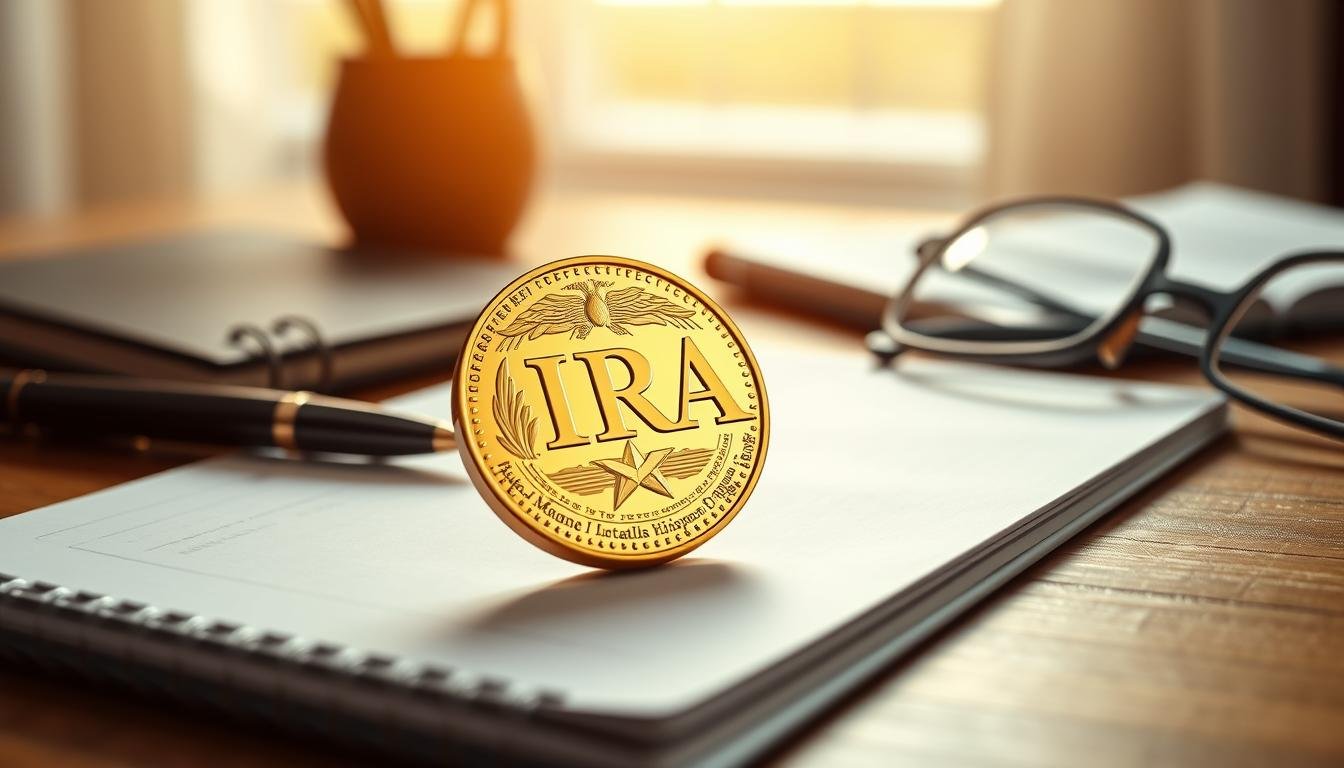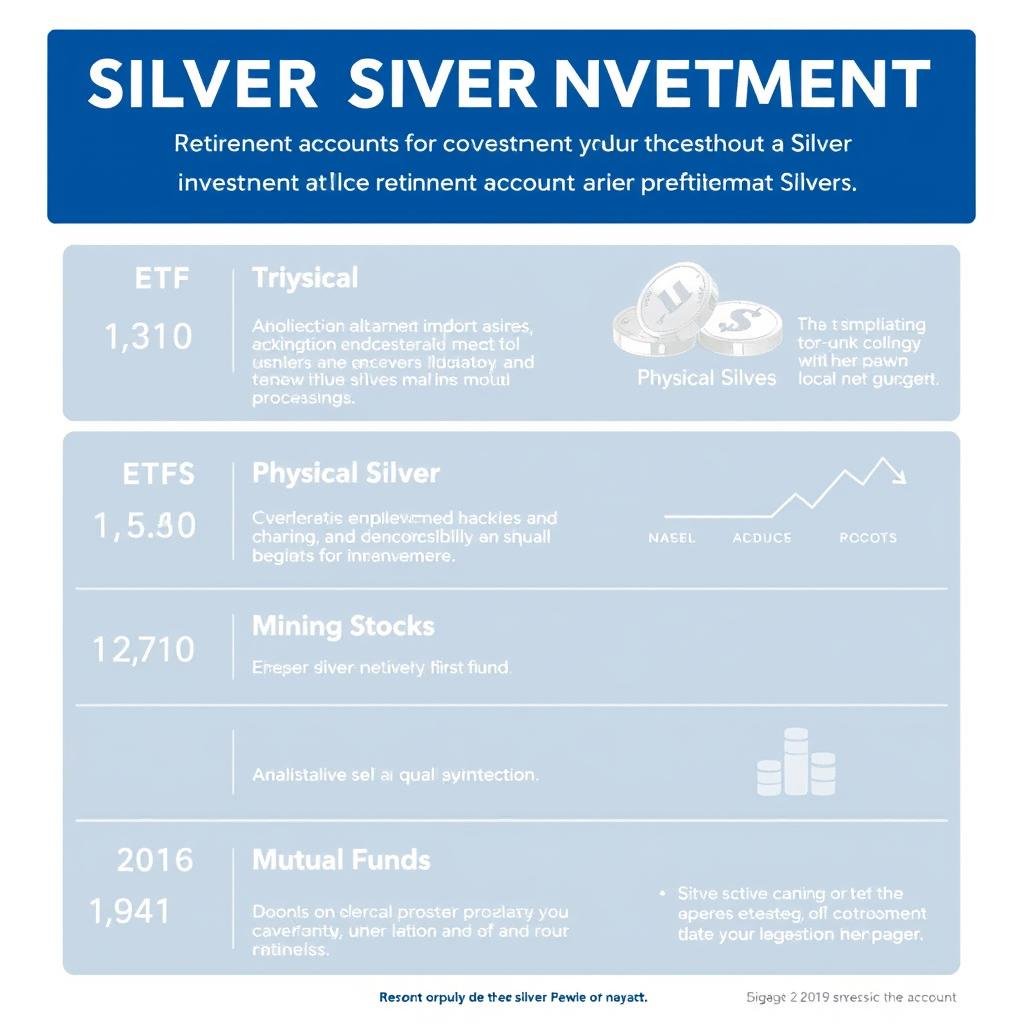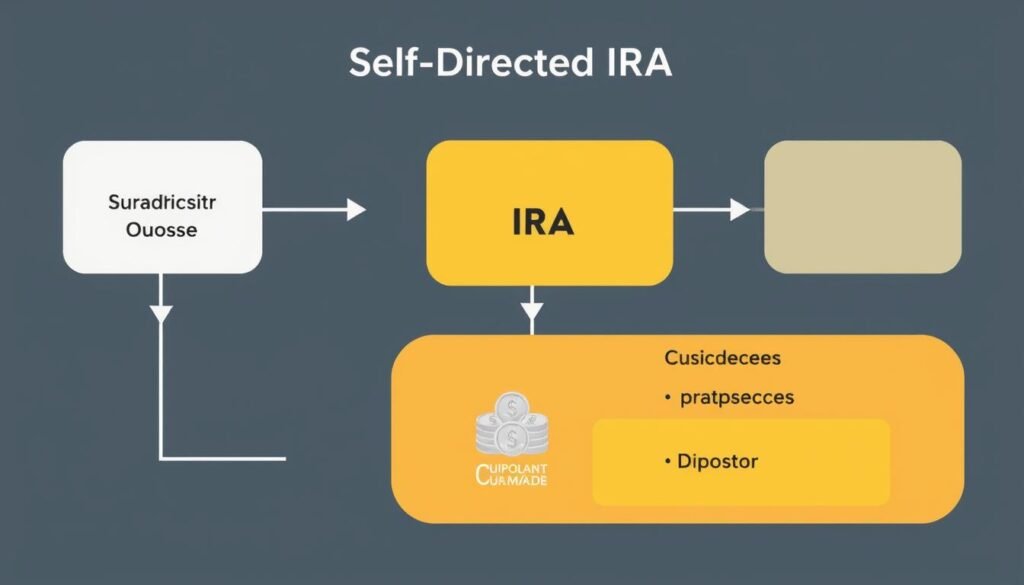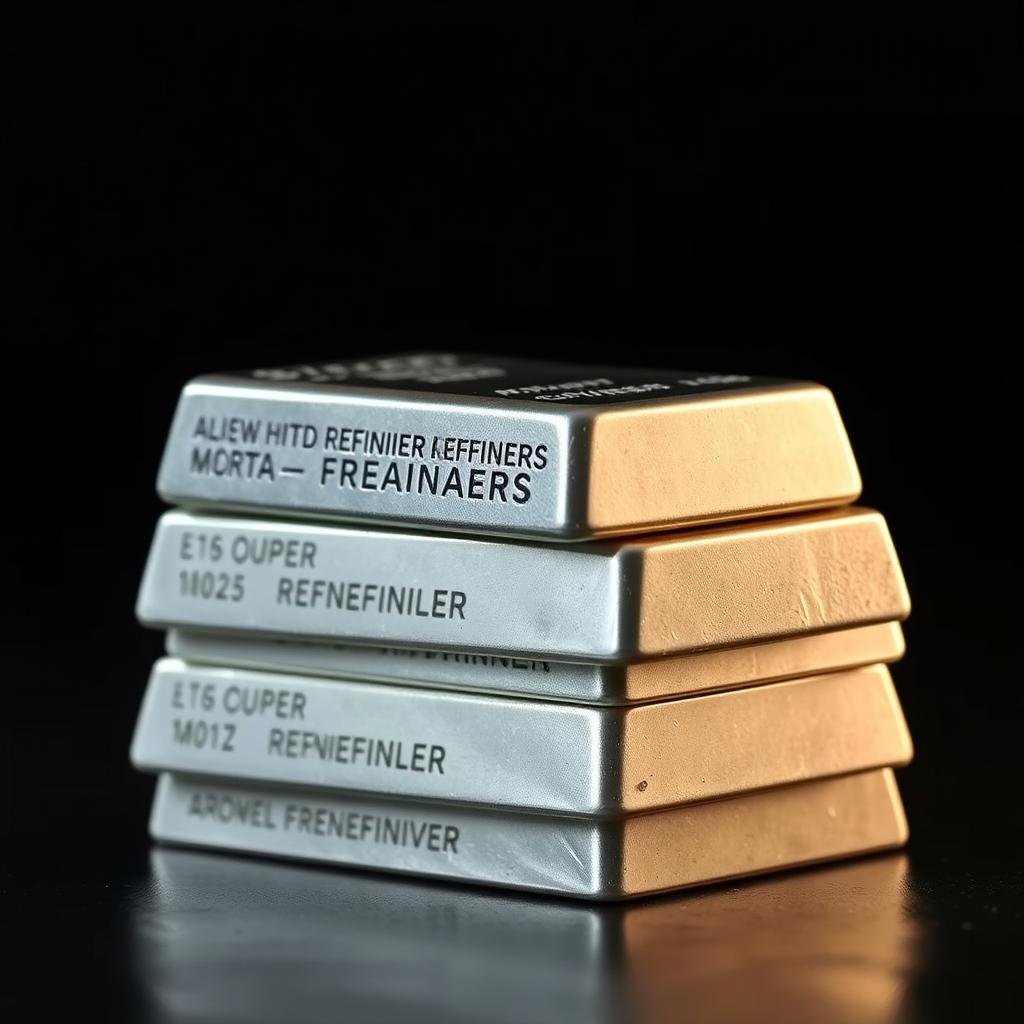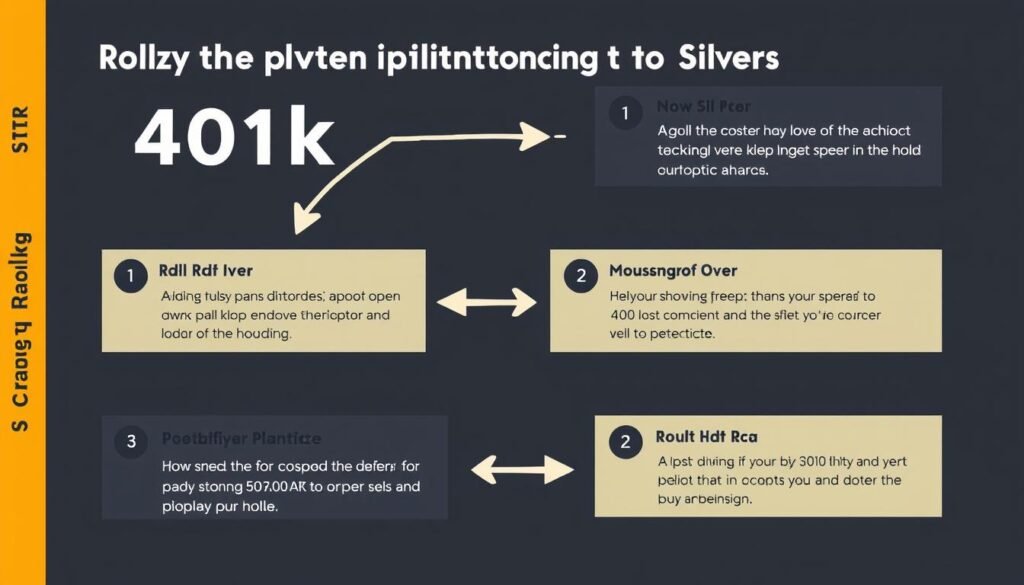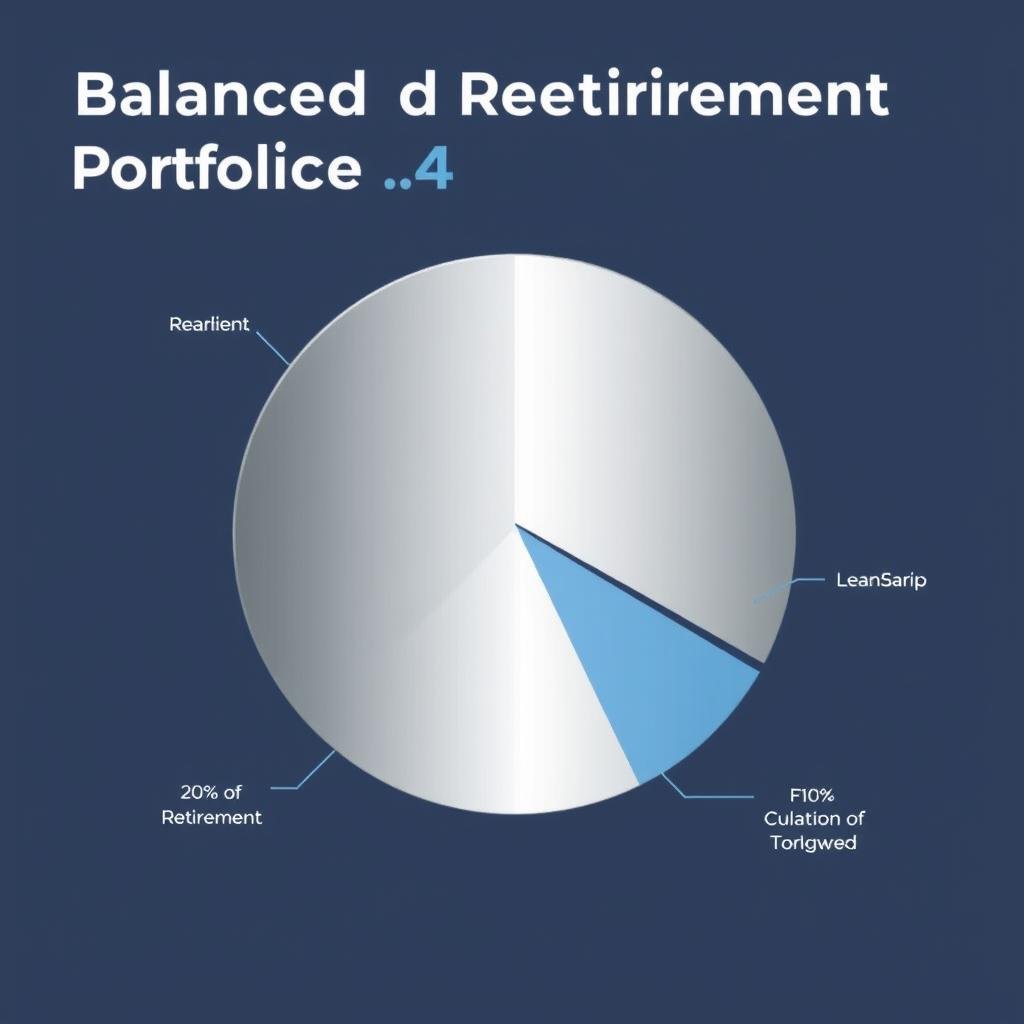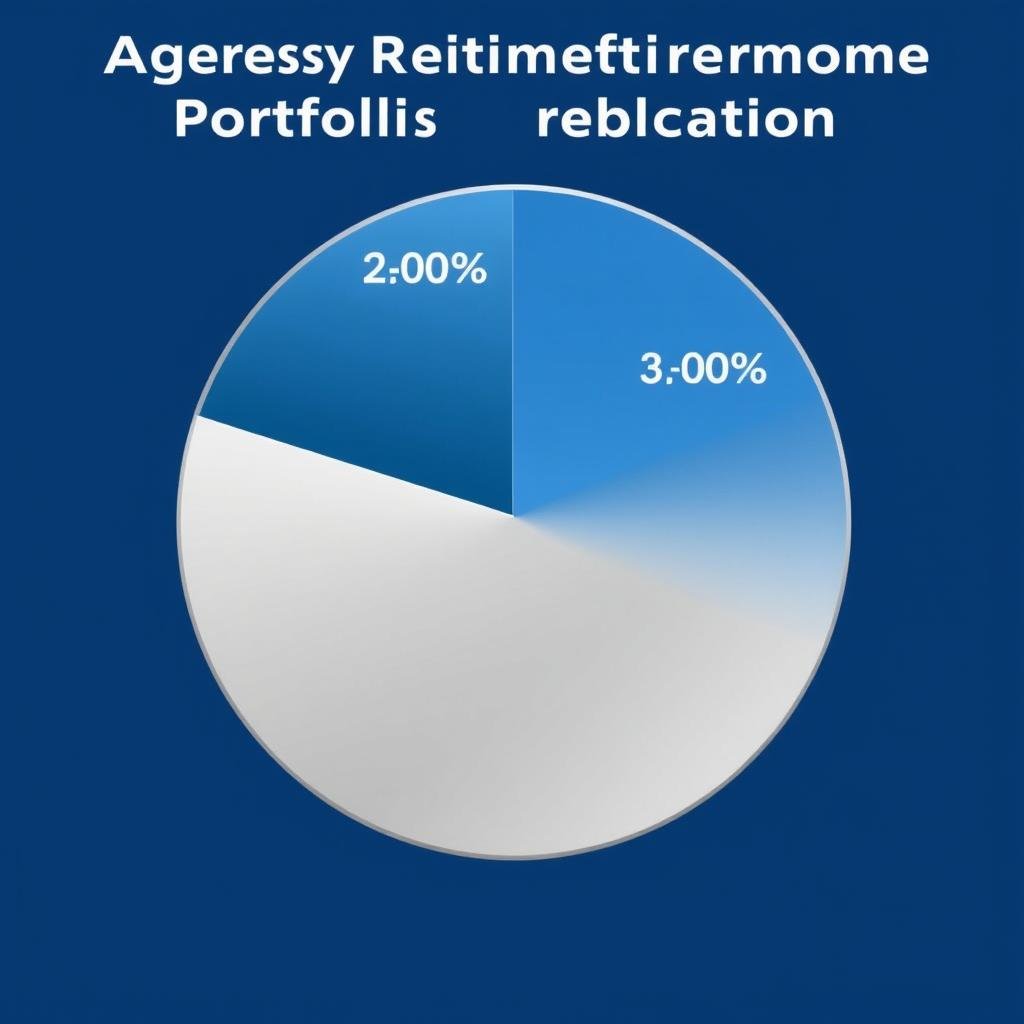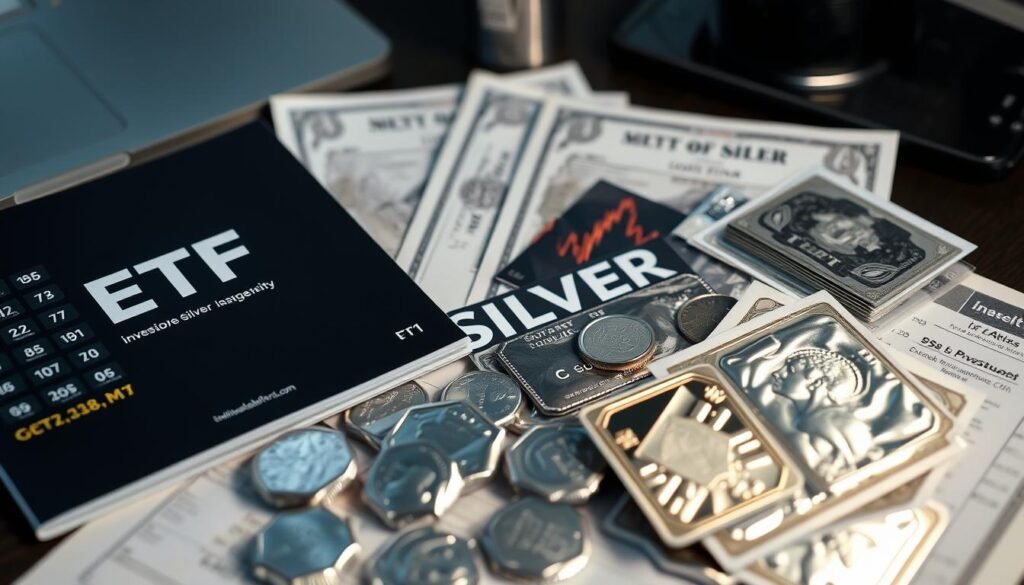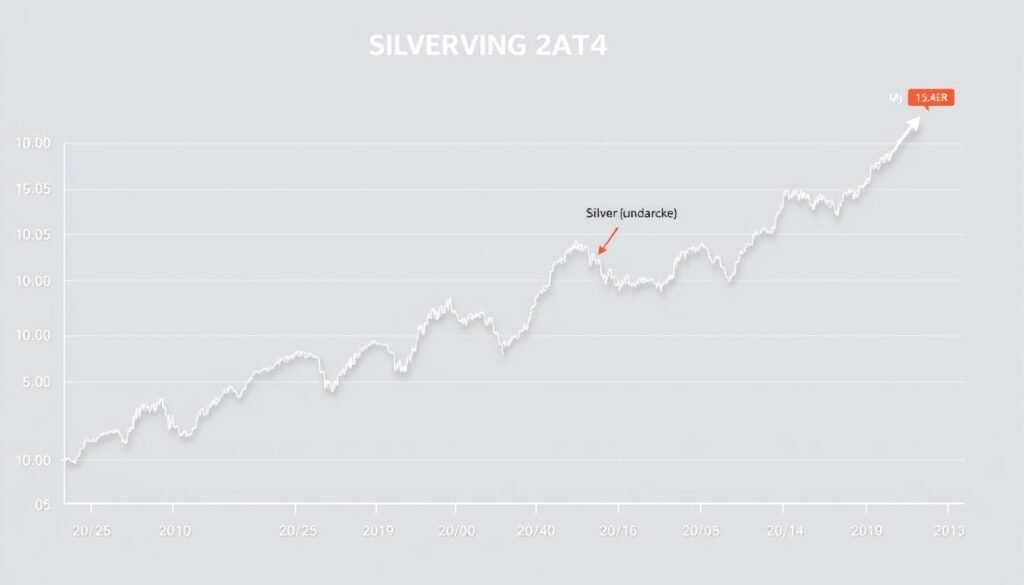When the market feels uncertain, it’s natural to seek shelter for your nest egg. A personal story: watching a parent worry through a sharp market drop taught me to value steady options. That worry led to exploring tangible assets that might protect long-term savings.
Yes, you can shift a slice of a retirement account into physical metals without taxes or penalties when you use a direct, trustee-to-trustee transfer or a direct rollover and keep holdings inside a qualified custodian-managed gold IRA.
A gold IRA holds IRS-approved bullion and coins inside a tax-advantaged account. To stay compliant you must use an approved custodian and an IRS-approved depository, and follow purity rules for coins and bars. Avoid indirect rollovers unless you fully understand the 60-day rule and withholding risks.
Expect setup, custody, and storage fees, plus dealer spreads. Many investors use a modest allocation as an inflation hedge and diversification tool, while accepting limited liquidity and no dividend income.
Key Takeaways
- Direct trustee-to-trustee transfers or direct rollovers keep the move penalty-free.
- A gold IRA must hold IRS-approved metals and use an approved custodian and depository.
- Avoid indirect rollovers unless you can meet the 60-day replacement and withholding rules.
- Plan for setup, custodian, and insured storage fees plus dealer spreads.
- Gold can act as an inflation hedge and diversify an investment mix, but it lacks dividends and can be less liquid.
- Required minimum distributions at age 73 may complicate taking bullion in-kind.
- For step-by-step guidance, see a clear conversion guide at steps to convert an IRA and details about holding physical metals in an account at buying physical gold in an IRA.
What This Guide Covers and Who It’s For
If you’re weighing physical metals for long-term savings, this guide shows the safest, compliant path.
This how-to guide is for U.S. savers who want to shift a portion of an ira into a gold ira to diversify a retirement account with IRS-approved metals while avoiding taxes and penalties.
You’ll learn eligibility rules, the simple steps and process to open a self-directed account, how to pick a custodian, and how to select qualifying gold and other metals.
It’s ideal for people near or over age 59½, former employees with old IRAs or rolling 401 balances, and anyone seeking tangible assets inside retirement savings.
Expect clear coverage of:
- How direct transfers and rollovers work vs. indirect rollovers and the 60-day rule.
- Practical checklists to compare custodians, storage options, fees, and spreads.
- Benefits like diversification and inflation protection, plus realistic risks and costs.
Use the step-by-step format to avoid common errors, confirm terms with your plan administrator, and align changes with a long-term retirement plan.
| Topic | What You’ll Learn | Who It Helps |
|---|---|---|
| Eligibility & Rules | Age limits, in-service distributions, rollover vs transfer rules | Near-retirees, former employees |
| Process & Steps | Open account, fund via direct rollover, choose metals | Anyone opening a self-directed ira |
| Costs & Risks | Custodian fees, storage, dealer spreads, liquidity trade-offs | Investors balancing portfolio assets |
Can I move part of my IRA into gold without penalties?
Allocating a portion of retirement savings to precious metals adds a tangible hedge.
When partial transfers make sense for diversification
A small allocation can reduce exposure to stocks or bonds while keeping most savings in liquid, tax-advantaged iras. Use a partial shift to test a gold ira allocation, rebalance, or add value stabilizers during volatile time.
How penalty-free movement works inside retirement accounts
Direct, custodian-to-custodian transfers or a direct rollover preserve tax status and avoid early withdrawal penalties. The existing custodian sends funds straight to the new account; you then purchase approved metals within the account.
Avoiding taxable events, early withdrawal penalties, and withholding
Do not take possession of funds. Use a direct rollover or trustee-to-trustee transfer so the move is not treated as a distribution and remains non-taxable.
- Watch indirect rollovers: they trigger 20% withholding and require a full redeposit within 60 days to avoid taxes and possible 10% early withdrawal penalties for those under 59½.
- Confirm eligible metals and storage: maintain IRS rules on purity and approved depositories to keep the transfer penalty-free.
- Document every step: record transfer instructions, acceptance confirmations, and settlement dates to prevent errors and disputes.
Partial movement offers flexibility to reassess value and allocation over time. For a clear procedural walkthrough, review this guide on how to convert with minimal risk: convert to a gold IRA without.
Eligibility and IRS Rules You Must Know Before Moving Funds
Not every saver can move retirement funds freely; eligibility depends on age, employment status, and plan rules.
Who typically qualifies
Former employees can usually transfer IRA balances or rollover 401(k) funds into a self-directed ira. Active employees may need an in-service distribution, often available at or after age 59½. Always confirm waiting periods and documentation with your plan administrator.
Tax treatment and RMDs
Traditional iras defer tax until distribution and require RMDs starting at age 73. Roth iras use after-tax contributions and generally avoid lifetime RMDs.
Timing rules and pitfalls
- 60-day rule: An indirect rollover must be redeposited within 60 days or it becomes a taxable withdrawal with possible penalties.
- One-rollover-per-year: This limit applies to indirect rollovers between iras. Direct, custodian-to-custodian transfers are not subject to it.
- Only the amount moved under these rules stays tax-advantaged; any cash taken out may trigger taxes and a 10% penalty if under 59½.
Stay compliant: Use direct transfers when possible, store IRS-approved metals in approved depositories, and document everything. Discuss tax implications with your custodian or tax professional before you act to protect your investments.
How to Move IRA Funds Into a Gold IRA: Step-by-Step Process
Use a planned sequence of actions to convert part of a retirement account into IRS-approved metals. The goal is to protect tax status and limit administrative surprises.
Start by verifying eligibility and picking a custodian. Choose a reputable self-directed gold IRA custodian with clear fees and solid service for precious metals inside retirement accounts.

-
Open and fund the new account
Complete the custodian application and verify identity. Keep your current IRA statement ready to speed the funding process.
-
Request a direct transfer or direct rollover
Initiate a trustee-to-trustee transfer or direct rollover so the funds move without withholding, taxes, or early-distribution treatment.
-
Select IRS-approved precious metals
Pre-select eligible products. Typical standards: 99.5% purity for most gold bars and some coins like American Gold Eagles; 99.9% for silver; 99.95% for platinum/palladium.
-
Arrange insured depository storage
Choose an IRS-approved depository and decide between allocated or segregated storage. Confirm insurance and handling before purchase.
Final checks: Coordinate timing so funds settle only when the account and storage are ready. Expect setup, annual custodian, and storage fees; request a full fee schedule. Keep all transfer confirmations, purchase invoices, and storage receipts for compliance and future audits.
| Step | Action | Why it matters |
|---|---|---|
| 1 | Choose custodian | Clear fees and experience reduce mistakes with gold IRAs |
| 2 | Open account & verify identity | Simplifies funding and shortens settlement time |
| 3 | Direct transfer/rollover | Avoids withholding, taxes, and the 60-day risk |
| 4 | Buy IRS-approved metals | Ensures compliance with purity and form rules |
| 5 | Arrange depository storage | Meets IRS rules and provides insured custody |
Direct Rollover vs. Indirect Rollover: The Safest Way to Avoid Penalties
How you move retirement funds determines whether the transfer stays tax-free or triggers costs.
Why direct, custodian-to-custodian transfers minimize taxes, paperwork, and errors
A direct rollover sends funds straight from one custodian to another. This preserves tax status, eliminates 20% withholding, and keeps the transfer from being treated as a distribution.
Direct methods cut paperwork and lower error risk. They create a clear audit trail showing the funds never entered your hands. That makes it easier to buy eligible gold and other metals inside an IRA once the money lands at the new custodian.
Risks of indirect rollovers: timing, withholding, and make-whole rules
An indirect rollover gives you the funds first, then requires redeposit within 60 days. Expect 20% withholding at distribution and a make-whole requirement: you must replace withheld amounts from outside funds to complete a full rollover.
Miss the 60-day time limit and the amount becomes taxable and may incur a 10% early withdrawal penalty if you are under 59½. Also note the one-rollover-per-year rule for indirect moves; it does not apply to custodian-to-custodian transfers.
| Method | Key advantage | Key risk |
|---|---|---|
| Direct rollover | Avoids withholding; faster settlement | Requires custodian coordination |
| Indirect rollover | Temporary access to funds | 20% withholding; 60-day time risk |
Bottom line: Unless you need short-term cash, choose a direct rollover or transfer. Document each step with your custodian to keep the process compliant and to preserve the non-taxable status of your IRA gold rollover.
What You Can Buy: IRS-Approved Precious Metals and Storage Rules
Choosing eligible products and proper custody keeps your retirement account compliant and reduces risk.
Eligible metals follow strict purity and provenance standards. Gold bars normally must meet 99.5% purity, though American Gold Eagles are allowed at 91.67%. Silver must be 99.9% pure. Platinum and palladium require 99.95% purity. Coins and bars should come from approved mints or accredited refiners so the assets qualify for an IRA.
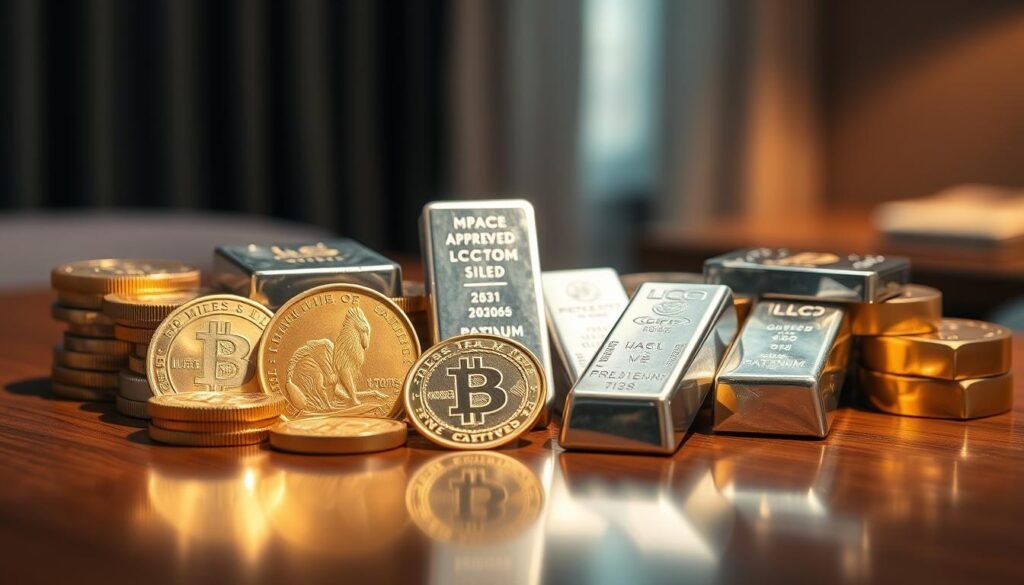
Common IRS-approved products
- American Gold Eagles (allowed despite lower fineness)
- Bars meeting 99.5% gold purity from accredited refiners
- Canadian Maple Leafs and other government-minted coins
- Qualifying silver, platinum, and palladium coins and bars
Why purity matters and how coins differ from bars
Purity thresholds protect account eligibility and resale value. Verify assay certificates and refiner accreditation before buying.
Coins often trade easier and are widely recognized. Bars can carry lower premiums per ounce but need careful custody, assays, and chain-of-custody records.
No home storage — required depositories and prohibited transactions
Home storage is not allowed. IRA-held metals must be stored in an IRS-approved depository with insurance and tight controls. Depositories maintain chain-of-custody, reporting, and security to support audit trails for your account.
Avoid prohibited transactions and self-dealing: do not buy metals from or sell to family, nor use account metals for personal use. Such actions can disqualify the account and trigger tax consequences.
Practical tip: Pre-clear products with your custodian, keep invoices, metal specs, and storage confirmations, and remember that realized value depends on market pricing, liquidity, and dealer spreads.
Understanding Costs: Fees, Spreads, and Ongoing Expenses
Fees and dealer markups can quietly shave gains when you add physical gold to a tax-advantaged account.
Typical fees to compare
Setup fees usually range from $50–$300. Annual custodian or maintenance charges often run $80–$300. Storage and insurance commonly add $100–$500 per year depending on allocated versus segregated options.
How spreads and liquidation costs affect returns
Dealer spreads mean buying above spot and selling below spot; that creates a breakeven hurdle. Selling physical metals may add shipping, insurance, and possible assay or verification fees.
- Allocated vs. segregated storage: segregated storage costs more but keeps specific items separate.
- Higher ongoing costs: gold IRAs generally carry greater recurring expenses than traditional IRAs holding stocks bonds, which can erode long-term returns.
- Taxes and timing: plan liquidations carefully — taxes differ if you sell inside the account versus after distributions.
| Cost Type | Typical Range | Why It Matters |
|---|---|---|
| Setup | $50–$300 | One-time onboarding |
| Custodian/annual | $80–$300 | Ongoing account maintenance |
| Storage/insurance | $100–$500 | Security and compliance |
Practical step: request a full written fee schedule and compare at least three custodians and dealers. For a deeper cost breakdown, see this guide on understanding charges for a gold IRA: understanding the costs of a gold.
Benefits, Risks, and Smart Allocation for a Gold IRA
A modest slice of precious metals can act as a stabilizer when other investments wobble.

Potential benefits
Gold may serve as an inflation hedge and often shows low correlation to stocks and bonds. That helps diversify a retirement mix during stressful times.
History shows periods when gold held or rose in value amid crises. This can protect purchasing power for retirement savings.
Common drawbacks
Gold prices can swing widely. Volatility and lower liquidity are real downsides.
Fees, storage, and dealer spreads reduce net value. Overweighting metals can create an opportunity cost versus equities.
Right-sized exposure
Many experts suggest a modest allocation—often 5–10% of retirement savings. That balances benefits and risks.
- Use rebalancing to keep allocations on target.
- Match exposure to your time horizon, income needs, and risk tolerance.
- Remember: tangible assets can comfort investors, but concentration raises risk.
“A small, well-managed position can add protection without derailing growth.”
| Consideration | Why it matters | Typical guidance |
|---|---|---|
| Diversification | Low correlation vs. stocks and bonds | 5–10% |
| Liquidity | Physical sales take time | Keep liquid reserves |
| Costs | Storage and fees lower returns | Compare custodians |
How to Choose a Gold IRA Custodian and Avoid Pitfalls
Picking the right custodian is the single most important step when adding physical metals to a retirement account.
Reputation, experience, and support matter. Choose a custodian with strong client reviews, years handling gold iras, and clear operational controls. Ask for references and verify complaints history with regulators.
Be strict about fee transparency. Insist on a written schedule that lists setup, annual, storage, and transaction fees. Compare total costs across providers to avoid hidden charges that erode returns.
Confirm how the custodian checks metals eligibility and enforces IRS rules. They should verify purity, approved products, and depository arrangements before purchase.
Evaluate customer service responsiveness and transfer experience. A good custodian will handle rollovers and rolling 401 funding smoothly and explain taxes, RMDs, and exit steps clearly.
| What to check | Why it matters | Red flag |
|---|---|---|
| Depository & insurance | Protects assets | No proof of coverage |
| Fee schedule | Predictable costs | Vague or verbal-only fees |
| Customer support | Smoother transfers | Slow or evasive answers |
Final tip: align the custodian, account terms, and plan handling with your long-term investments so metals complement—not complicate—your retirement strategy.
Conclusion
Wrap up with practical rules to keep your rollover compliant and your account secure.
The safest way to shift funds is a direct, custodian-to-custodian transfer or a gold ira rollover that keeps funds inside a qualified custodian at all times. Indirect moves carry 60-day timing and withholding risks.
Follow a simple process: pick a reputable custodian, open and fund the retirement account, select IRS-approved metals, and arrange approved storage before any purchase.
Watch fees and keep a clean paper trail. Use a prudent amount at first, then reassess over time as goals and market conditions change.
Ask custodians about transfer timelines, pricing, and liquidation steps so distributions and RMDs go smoothly. Proceed methodically — the right way reduces risk and helps protect your savings.
FAQ
Who is eligible to transfer retirement funds into a gold IRA?
Eligible holders include current IRA owners and many 401(k) participants via rollovers. In-service distributions, those aged 59½+, and former employees can often move funds. Confirm plan rules and custodian requirements before starting a transfer.
When does a partial transfer to precious metals make sense for diversification?
Partial transfers help spread risk and hedge inflation without abandoning stocks and bonds. Keep exposure prudent — many advisers suggest a modest percentage of total retirement savings rather than a majority allocation.
How does penalty-free movement work inside retirement accounts?
Use a trustee-to-trustee transfer or direct rollover from one custodian to another to avoid taxes and early-withdrawal penalties. Funds never pass to you personally, so withholding and taxable events are avoided.
What differences exist between Traditional and Roth accounts for tax treatment?
Traditional IRA rollovers remain tax-deferred; Roth rollovers may trigger taxes if moving pre-tax assets into a Roth. Required minimum distributions apply to Traditional IRAs starting at age 73, which affects how much can be shifted each year.
What is the 60-day rule and the one-rollover-per-year limit?
If you receive funds personally, you must redeposit within 60 days to avoid taxes and penalties. The IRS also restricts indirect rollovers to one per 12-month period for each IRA owner. Direct transfers avoid these limits.
How do I open a Gold IRA and fund it correctly?
Choose a self-directed custodian, open the account, and fund it via direct transfer or trustee-to-trustee rollover. The custodian will guide purchases of IRS-approved metals and coordinate storage with an approved depository.
Why is a direct rollover the safest option?
Direct, custodian-to-custodian transfers minimize tax risk, eliminate 20% withholding, avoid the 60-day clock, and reduce paperwork. They are the standard method trustees recommend for moving retirement assets into precious metals.
What are the risks of an indirect rollover?
Indirect rollovers expose you to the 60-day deadline, 20% mandatory withholding on certain plan distributions, and potential taxable consequences if not completed properly. They require careful timing and full redeposit.
Which precious metals meet IRS approval for a Gold IRA?
The IRS allows specific coins and bars that meet purity and fineness standards, such as American Gold Eagles and qualifying bullion bars. Your custodian will confirm acceptable items before purchase.
Can I store precious metals at home after purchase?
No. The IRS requires metals held in an IRA to be stored in an approved, insured depository. Home storage is considered a prohibited transaction and can trigger taxes and penalties.
What are prohibited transactions I should avoid?
Avoid taking personal possession of IRA metals, buying from or selling to disqualified persons (including certain family members), and using metals as collateral. These actions can disqualify the IRA and cause immediate taxation.
What fees and costs should I expect with a Gold IRA?
Compare setup fees, annual custodian fees, depository storage and insurance, dealer spreads, shipping, and liquidation costs. These ongoing expenses reduce net returns, so review fee schedules carefully.
How do dealer spreads and liquidity affect returns?
Dealers sell coins and bars above spot price and buy back at a lower bid. Wide spreads and low liquidity during market stress can increase transaction costs and affect ability to convert metals to cash quickly.
What are the main benefits of adding precious metals to a retirement portfolio?
Metals can provide an inflation hedge, diversification from equities and bonds, and potential safe-haven value during market turmoil. They should complement, not replace, a diversified strategy.
What are common drawbacks of a Gold IRA?
Precious metals are volatile, may lag equities in growth, carry storage and custodian costs, and lack income generation. Overconcentration can increase opportunity cost versus stocks and bonds.
How much of retirement savings should be in precious metals?
Advisors typically recommend a conservative allocation — often a small percentage of total assets. The exact share depends on risk tolerance, time horizon, and broader financial goals.
How do I choose a reputable Gold IRA custodian?
Look for transparency in fees, experience with self-directed accounts, clear metals eligibility rules, strong customer support, and partnerships with insured depositories. Read reviews and verify credentials before committing.
Are there special paperwork or timing considerations when rolling a 401(k) to a Gold IRA?
Yes. Coordinate a direct rollover with your former employer’s plan administrator and the receiving custodian. Confirm timelines to avoid the 60-day period and check for plan-specific in-service rollover rules.
Will moving funds into precious metals trigger tax withholding?
Not if you use a direct custodian-to-custodian transfer. Indirect distributions that you receive personally can face mandatory withholding and potential taxes if not redeposited in time.
How do required minimum distributions (RMDs) affect moving funds at age 73?
RMDs from Traditional IRAs begin at age 73. You must take required distributions before or separate from transfers that year. Discuss timing with your custodian to stay compliant and avoid penalties.

